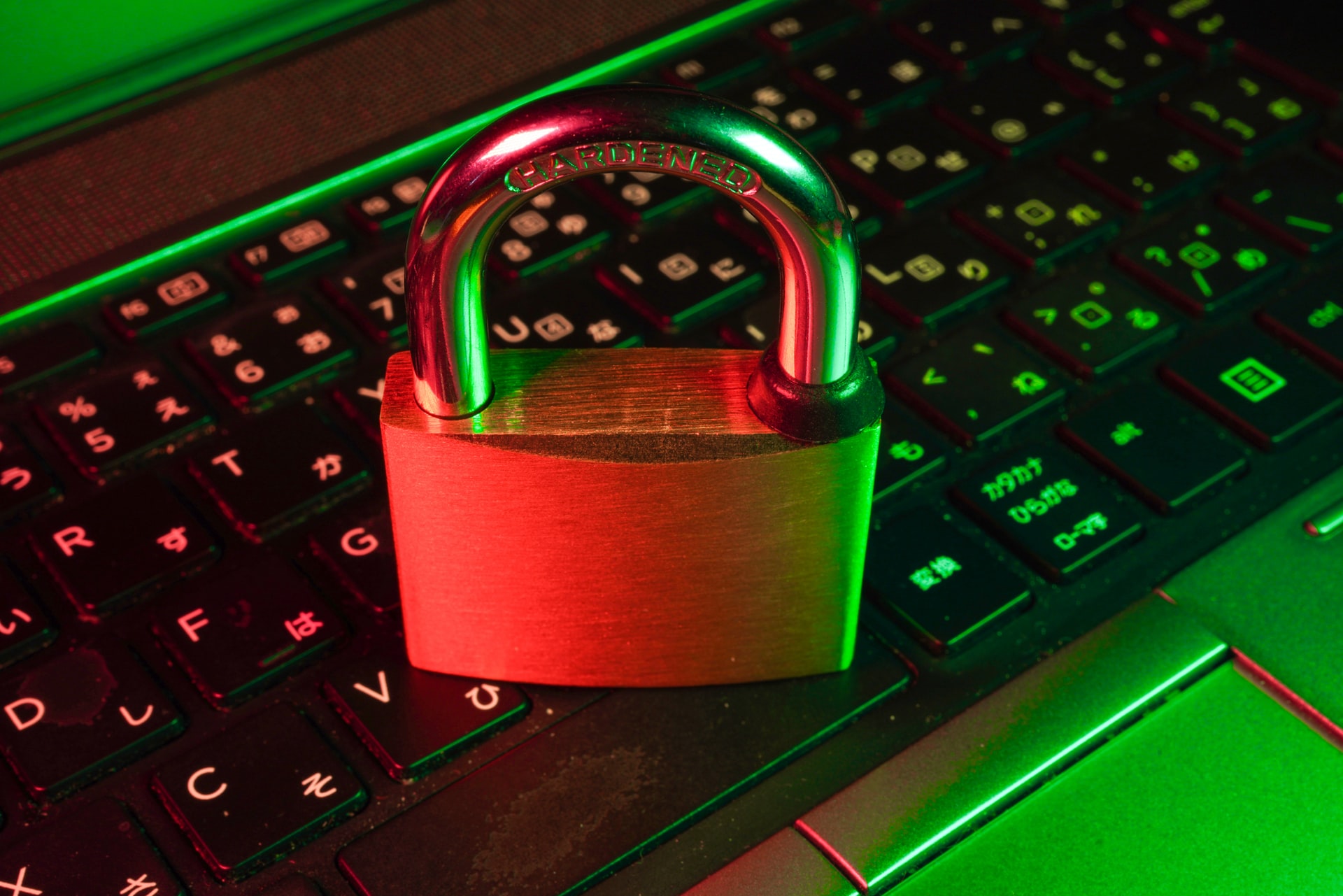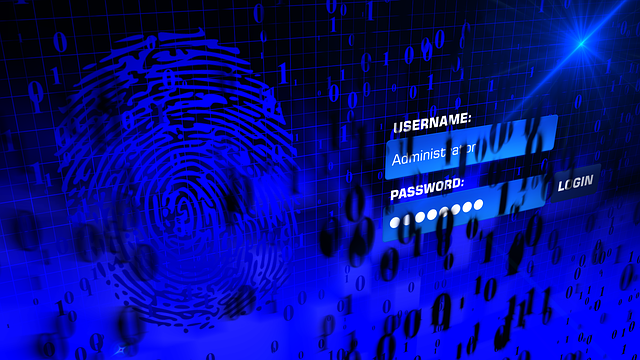When thinking about websites, what is the first thing that comes to your mind? Is it design? Or perhaps functionality? Or marketing? All of these surely matter but what is actually truly important is security.
Scmagazine study claims that one cyberattack occurs every 39 seconds! When the pandemic began in March last year, many companies reported a surge in hackers activity. In fact, the activity was 3 times higher than in February just a month before, so it all prompted CEOs to start strengthening cybersecurity. Besides, when malware infection on a website is detected, data about you and your customers are easily compromised.
Moreover, a new Microsoft report says that the number of COVID-19-themed cyberattacks increased to almost a million daily during the first week of March. Apart from attackers gaining access to confidential data, what can also infect computers are automated hacking tools. It is, therefore, crucial to creating adequate site protection, which you continuously improve. Thousands of new malicious programs are being created on a daily basis, and they are made to search for loose ends in your site and damage it.
Many attacks have major financial implications – it affects user information and payment information, and it is also more expensive to restore a site after being damaged than maintaining continuous protection. You should also keep in mind that the company incurs all the financial losses in the event of a threat to user information.
Influential companies such as Marriot and Twitter have been hit by cyberattacks this year on a level that costs of data breaches cover an average of 20% of the company’s revenue. Moreover, it is predicted that cybercrime will cost the world around $ 6 trillion by 2021. And even if you minimize the financial and technical damage from these attacks, your customer base still suffers.
Required time for the elimination of data leakage can vary from a couple of weeks to a couple of months, entangling that your site may be unavailable during the process. All that can cause loss of income or customer’s trust, so it is clear that focusing on your project’s protection is important.
Tip 3 cyberattacks that took place in the last few years
We have a list of the top 3 internet security breaches, in case you think they weren’t so significant:
1. WannaCry malware
One of the most consequential cyber-attacks of 2017 was made by WannaCry malware, whose virus infected more than 300k computers with Microsoft Windows OC worldwide. Hackers demanded bitcoin payments for restoring the data in exchange. Even though Microsoft released the emergency security patches the next day, users paid $130k in total for getting their data back.
2. Petya cyber attack
Petya ransomware attacked Ukrainian governmental structures and private businesses in the summer of 2017, leaving behind paralyzed airports, metro, banks, supermarkets, and numerous small companies. The virus was spreading so rapidly that people were afraid to turn their personal computers on, and it later became clear that the most-used accounting software was responsible for the first wave of attack by becoming compromised and spreading the malware. This story is one of the examples where government realizes how much the enhanced cybersecurity is needed.
3. Uber data loss
The year 2017 was also not a good one for Uber. In fact, 57 million US citizens’ personal information was stolen in October 2016, and the company decided to keep that in secret. However, it is now widely known that Uber paid $100k to hackers to hide the fact that they stole personal data like names, phone numbers, contact info, etc. This incident is similar to the Equifax hack that put over 145 million Americans’ Social Security numbers, addresses, and birth dates at risk.
Information security
If you decide to start the site development process, you should definitely be aware of the fact that apart from functionality, your developers must deal with security. In fact, you should keep in mind the CIA triad: confidentiality, integrity, and availability, which will protect you whether you’re selling a product or just using software for your company.
Cybersecurity checklist:
1. Choose a safe and secure web host
Firstly, you should know that if your provider doesn’t use secure servers, creating a secure final project will be much harder. After all, web hosting starts with website security. So, when selecting a suitable web hosting option, focus on the quality of their server management and the tools they use for protection. It is maybe impossible to provide 100% protection, but a good provider usually offers the following.
– Reliable backup and recovery
– Secure Sockets Layer (SSL) support
– Standard uptime
– Protection against distributed denial of service (DDoS) attacks
– Scanning and protection against malware
Furthermore, the SSL certificate usually comes with the service package, but it’s not a bad idea to check. It helps in the protection of your site by securing the data transmission, so if a client places an order or request on your site and leaves their details, they will be well protected from potential theft.
2. Encrypt sensitive data
Access tokens, billing details, emails, etc., are kinds of data that must be encrypted. And if you’re using AWS, it is possible to do it directly in a database with AWS Aurora, which will successfully secure your data.
In case you are planning to create an e-commerce site, it is important to consider that your web hosting is compatible with the Payment Card Industry (PCI) standard. This security standard protects customer information for different kinds of card payments. And if your host doesn’t support it, you have to find other PCI-compliant shopping carts, API providers.
3) Use a secure software
It is smart to scan any software for vulnerabilities and keep it up-to-date before you use it. Furthermore, you shouldn’t forget to remove software that is no longer in use, so it doesn’t become a perfect backdoor for hackers. Open-source software and a live development team at your disposal are something that can prevent it.
4) Create smart authentication
All passwords have to be irreversibly encrypted, and you could also include password rules to avoid creating weak passwords such as “12345 “. However, don’t exaggerate, and use multi-factor authentication (2FA) like SMS verification or email confirmation.
5) Control your web traffic
You should use the HTTPS protocol and TLS not only for forms and logins but for the whole website. Content Security Policy is perhaps complicated to create, but it’s worthwhile in the end. Also, if you implement cookies, they have to be HTTPS so that no one can read them with JavaScript.
6) Control the infrastructure
You should reduce manual operations as much as you can so you can do upgrades quickly and automatically; make logging centralized to stay away from SSH for retrieving or accessing logs. You can maybe use an intrusion detection system (IDS) to reduce advanced persistent threats (APT) to the bare minimum.
7) Use automated website backups
A broken page or hacked website can be fixed using hospital backups of cases; it is perhaps more convenient to set up automatic backups on the web host than do it manually.
8) Have a plan!
Even if your website is adequately secured, anything can happen, and it is important to have a backup plan. Don’t act like Uber and think about efficient ways of solving the problem.
Final thoughts
Hopefully, this post made you aware of the cybersecurity relevance. After all, security is a crucial element for any business that wants to be successful on online platforms, and if you implement our checklist into your project, you would at least be calm knowing you’ve done everything in your power to secure yourself.



